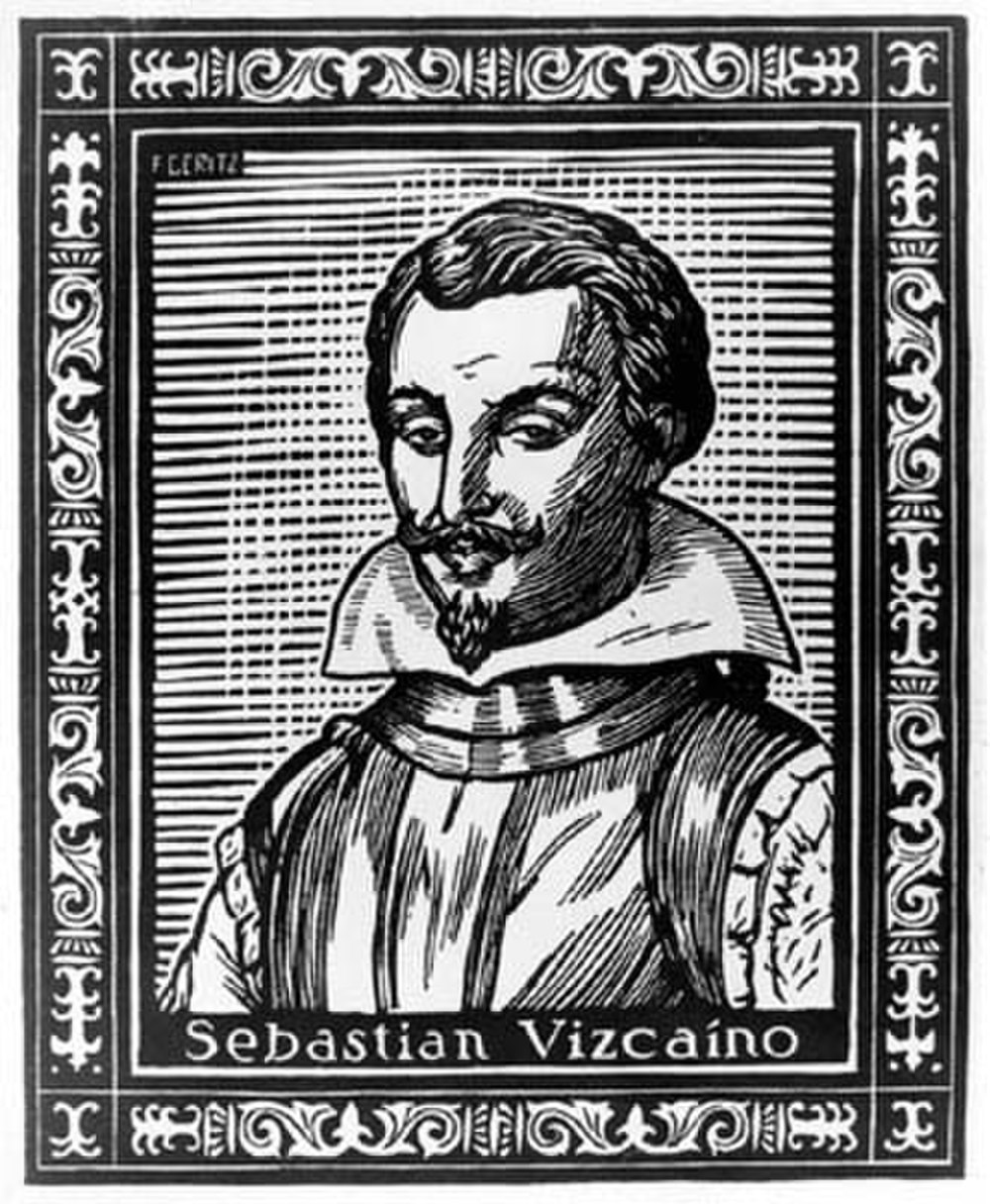Built in 1794, Monterey’s San Carlos Cathedral is the oldest serving cathedral in the U.S. Wikimedia Commons
The Spanish landing that shaped California for centuries
“It’s really where California began.”
Few places teem with so much California history as Monterey. It’s where the drafting and adoption of the state’s first constitution was hosted in 1849. It’s where the American flag was first raised in California in 1846. And it’s where the Spanish explorer Sebastian Vizcaino arrived in December 1602, inspiring the European colonization that would shape California for centuries.
Vizcaino’s party marveled at the area’s beauty and held the first Catholic Mass on California soil under a live oak tree. Claiming Monterey for Spain, they stayed only a couple weeks.

Another 168 years would pass before the Spaniards returned as they became consumed in the governance of other parts of their empire. It was a precious reprieve for the Central Coast’s indigenous Ohlone people, who told folk tales among themselves about a whale that had swallowed a brown man in Santa Barbara and disgorged a white man in Monterey.
In 1770, the Spanish came ashore at the same spot as Vizcaino, this time with a plan. They established a presidio and a mission led by Junipero Serra. Hungry for souls, his conversion of the natives into Europeans echoed the old story of the whale.
Read more: S.F. Chronicle | Monterey County Historical Society
● ●
The Lower Presidio Historic Park is often overlooked by visitors to Monterey, but it’s among the most historically significant parks on the West Coast.
Read more: Old Monterey Foundation
This article is from the California Sun, a newsletter that delivers must-read stories to your inbox each morning . Sign up here.
Get your daily dose of the Golden State.